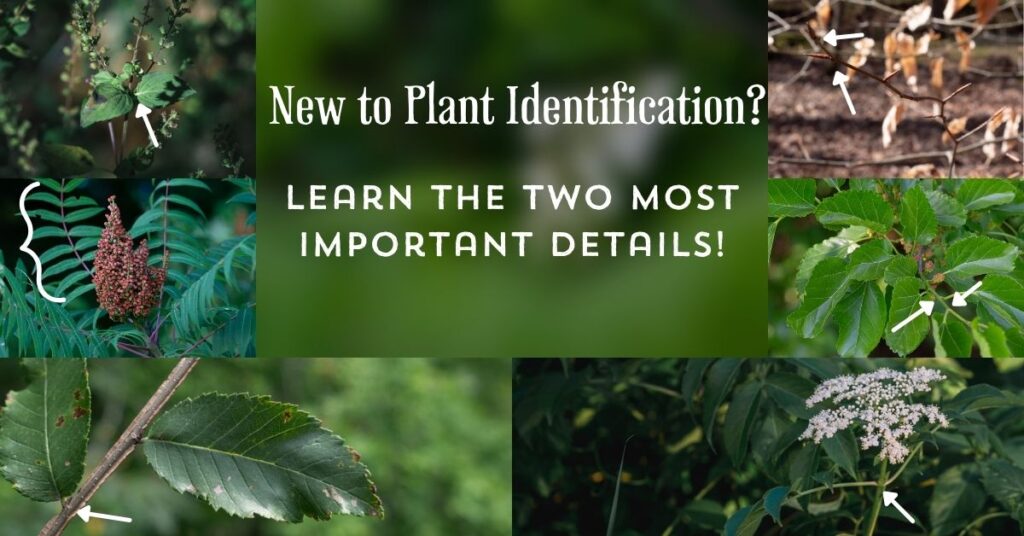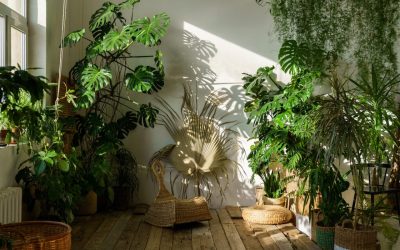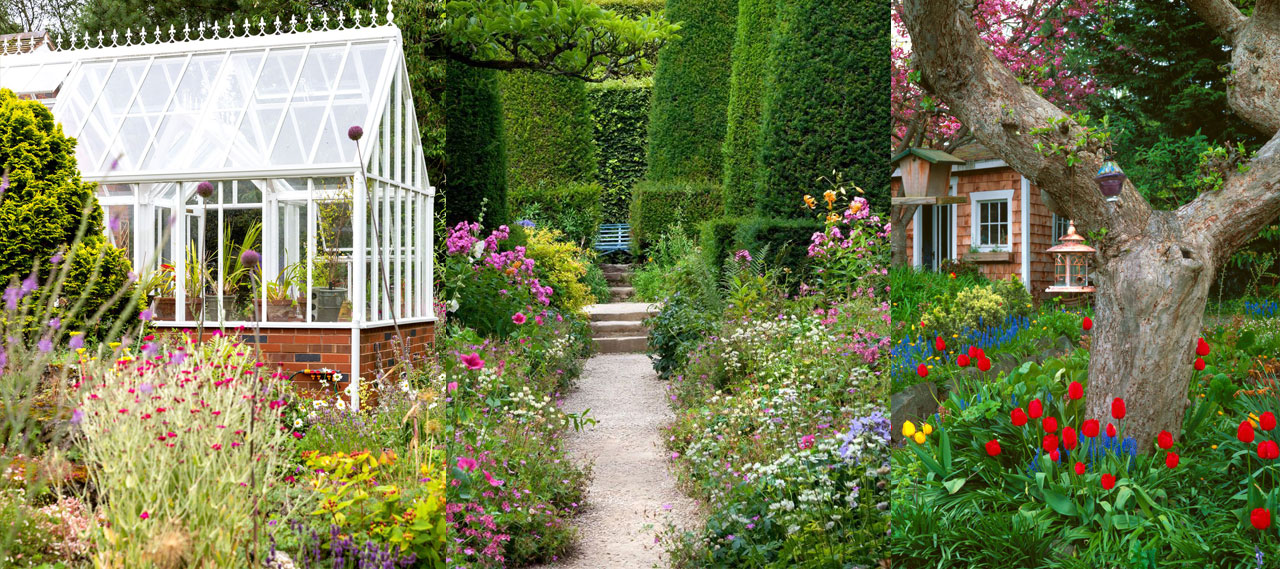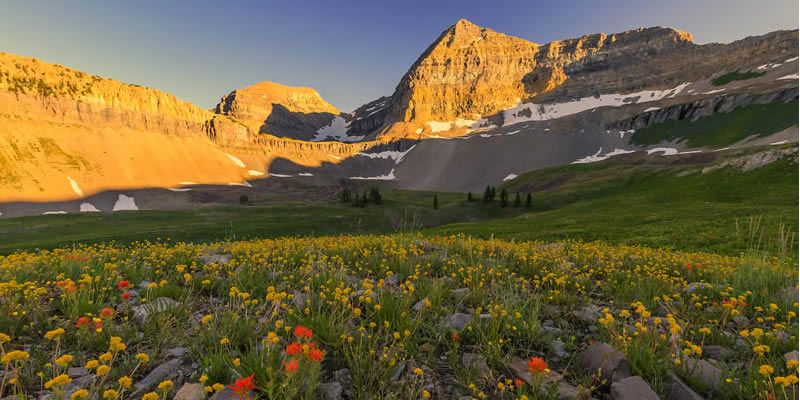From Garden to Wilderness: Mastering Plant Identification

The journey of mastering plant identification takes us from the well-tended gardens of our homes to the untamed wilderness beyond. It’s a transformative adventure that deepens our connection to the natural world and empowers us with the knowledge to recognize and appreciate the rich diversity of plant life. In this article, we will explore the path from garden to wilderness, and the steps to master the art of plant identification.
- Starting in the Garden:For many, the journey of plant identification begins in their own gardens. Tending to familiar plants allows us to become intimately acquainted with their features. In this controlled environment, we can learn the basics of plant identification.
- Observing Cultivated Plants:In the garden, we can observe cultivated plants and study their leaves, flowers, and growth patterns. This firsthand experience provides a strong foundation for understanding plant characteristics.
- Introducing Native and Wild Species:Gradually, we expand our horizons by introducing native and wild species to our gardens. This not only enhances the beauty of our landscapes but also exposes us to a wider range of plants to identify.
- Local Field Guides and Plant Catalogs:Gardeners often rely on local field guides and plant catalogs to learn about new plants. These resources provide detailed information about each species and aid in their identification.
- Building a Plant Database:As we cultivate an interest in identifying different plants, it’s helpful to create a personal plant database. This can be a digital or physical record of the plants in our gardens, including photographs, care notes, and details about their characteristics.
- Venturing into the Wild:To truly master plant identification, we venture beyond the garden and into the wild. Here, we encounter the unbridled beauty of nature’s green tapestry. The challenge of identifying wild plants is both thrilling and educational.
- Exploring Local Ecosystems:We explore local ecosystems such as forests, meadows, wetlands, and mountains, where we encounter a vast array of native and wild plant species. Each hike becomes an opportunity to practice our plant identification skills.
- Observing and Documenting:While in the wilderness, we continue to observe and document the plants we come across. Taking photographs, making sketches, and recording notes become essential practices.
- Utilizing Plant Identification Apps:To identify wild plants, we turn to plant identification apps and online resources. These tools help us confirm our identifications and provide a wealth of information about each species.
- Learning from Experts:Learning from experienced botanists, naturalists, and local plant experts is invaluable. Their guidance and insights enhance our understanding of plant identification.
- Contribution to Citizen Science:As we become proficient in plant identification, we can contribute to citizen science initiatives by documenting plant species, which aids in conservation efforts and scientific research.
- Continuous Learning:The journey of mastering plant identification is ongoing. With every outdoor adventure, we add new species to our repertoire and deepen our knowledge of the natural world.
Conclusion:
The journey from garden to wilderness, from cultivated plants to native and wild species, is a transformational experience. Mastering plant identification allows us to bridge the gap between our immediate surroundings and the broader natural world. It fosters a profound connection to the environment, deepens our appreciation for the intricacies of plant life, and instills in us a sense of responsibility for the preservation of our planet’s green heritage. From the flowers in our gardens to the wild plants in the heart of the wilderness, plant identification is a lifelong pursuit that enriches our understanding of the remarkable world of flora.




